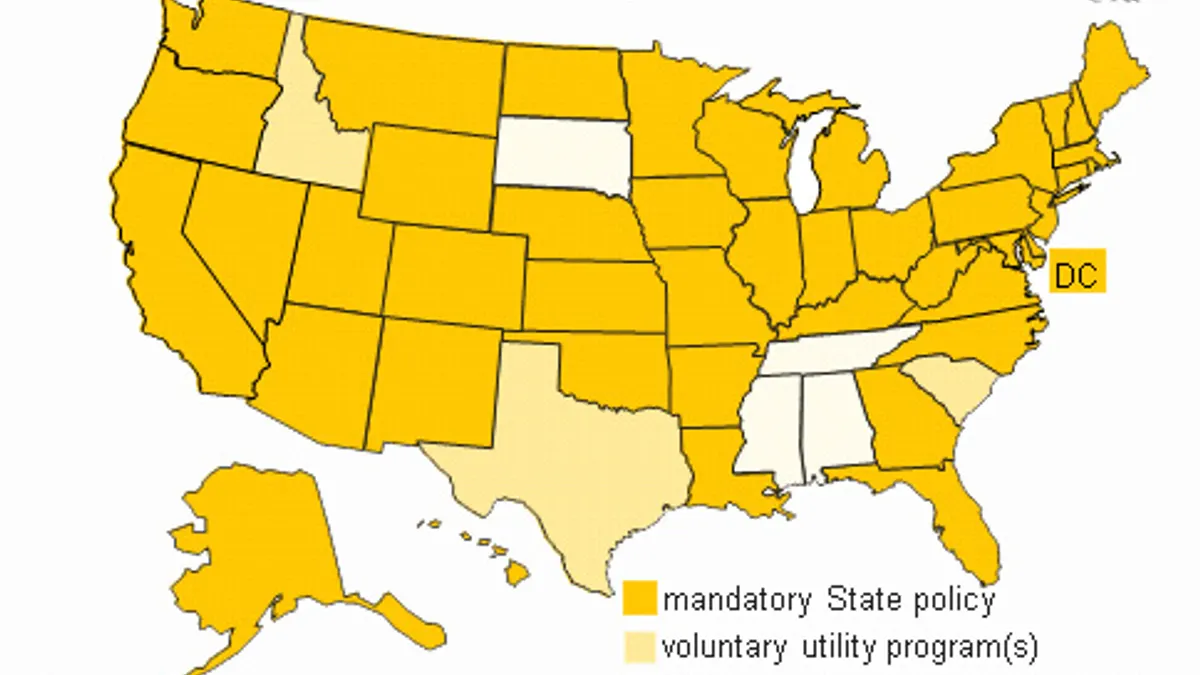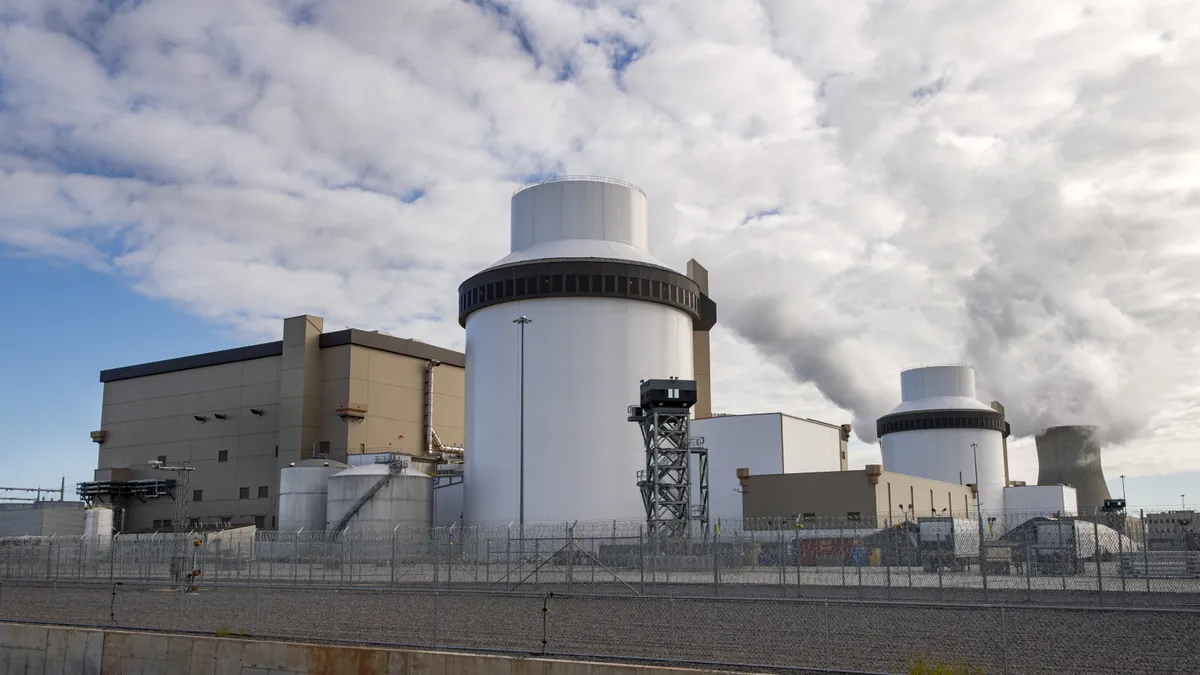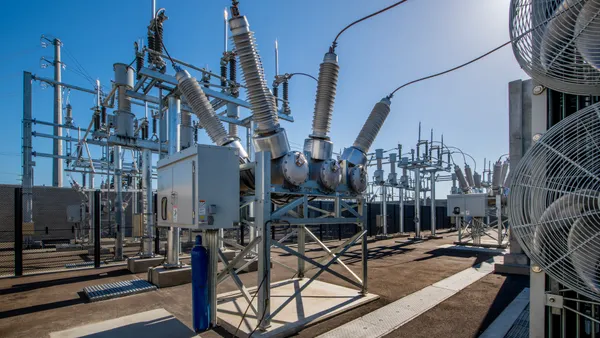Most States have policies providing incentives for the general public to produce renewable electricity onsite to "spin the meter backwards." The terms for such net metering arrangements are typically embodied in a utility tariff.
States' net metering policies vary in a number of ways, however:
- States may specify only certain types of generators as eligible for net metering tariffs. In Florida, solar panels are eligible while landfill gas generators are not.
- Capacity limits. Most, but not all, states place some limit on the capacity of an eligible generator. These vary from the tens of kilowatts to a few megawatts, but run as high as 80 megawatts in New Mexico.
- Aggregate capacity. This limits the total amount of "behind-the-meter" generation on a utility's system eligible for a net metering tariff.
- Size or type of power provider. States like Virginia may require public utilities and electric cooperatives to have net metering tariffs, while exempting municipal utilities.
- Compensation. Customers effectively receive retail prices for the electricity they generate because it is power they do not buy. In some States, customers receive wholesale prices for excess generation supplied to the distribution system.














